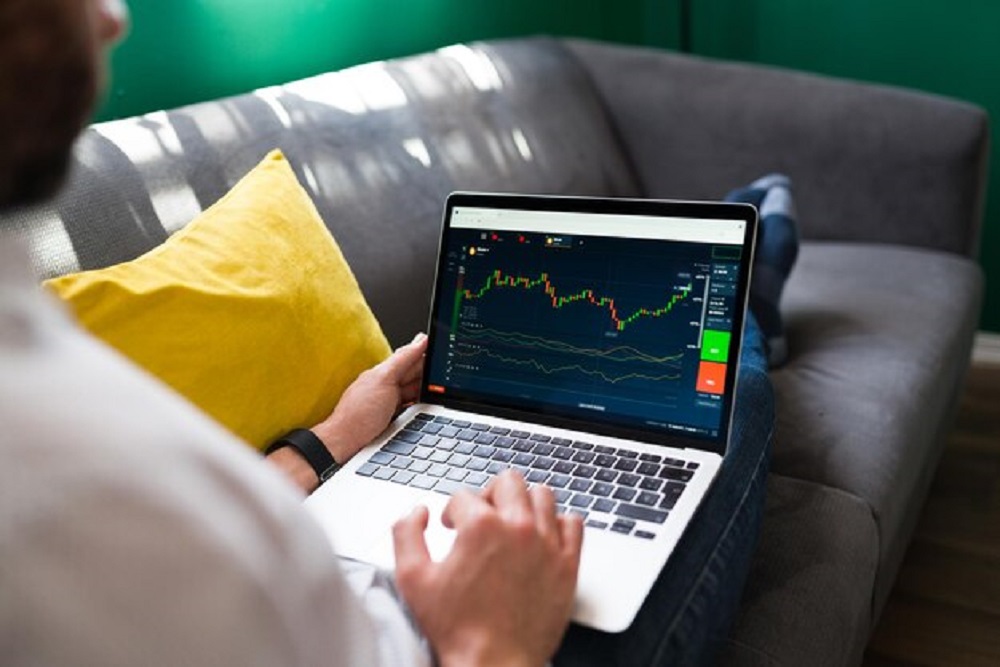Forex trading is a game of probabilities and precision. Every position, whether small or large, should be backed by a clear understanding of risk. Yet, one often overlooked factor in risk modeling is the spread. More specifically, how the best Forex spreads can influence your stop loss placements, trade sizing, and overall exposure. Adjusting your risk models to reflect changes in spread dynamics is a subtle yet powerful shift toward smarter trading.
Why spreads matter in risk calculations
Many traders focus on volatility and price action when designing their risk models. They assess historical ranges, average true range, and chart structure. However, the spread is a direct cost that affects both the entry and exit of a position. A wide spread increases the effective distance to your stop loss, meaning more risk per trade. The best Forex spreads reduce this gap, allowing traders to manage risk with greater precision and tighter parameters.
Refining stop loss placement
When spreads are high, traders must place stop losses further away from entry to avoid premature exits. This often forces them to reduce position size or accept higher risk exposure. On the other hand, with the best Forex spreads, traders can bring their stop loss closer to key technical levels. This adjustment reduces the potential drawdown while maintaining a healthy reward-to-risk ratio. It also allows traders to trade more frequently with controlled downside.
Sizing trades based on spread influence
Position sizing is another core element of risk modeling. The amount of capital allocated to a trade depends on the acceptable risk per trade and the distance to the stop loss. If the spread is wide, that distance increases, which means fewer lots for the same risk. Traders who have access to the best Forex spreads enjoy more flexibility in sizing, especially when working with smaller accounts or tighter risk tolerances.
Account for spread variation in volatile markets
Some traders build risk models assuming the spread remains constant. This can be dangerous, especially during news events or session transitions when spreads may widen unexpectedly. Brokers offering the best Forex spreads tend to have more predictable pricing behavior. Incorporating spread variation into your model allows for better expectations and reduces the chances of being stopped out due to a temporary pricing fluctuation.
Spread-aware entry strategies
Risk models should not only focus on how much to risk but also when to take that risk. A common mistake is entering trades during times when spreads are elevated, such as at the market open or during illiquid hours. Traders who align their entries with periods where the best Forex spreads are active benefit from more accurate fills and lower execution costs. This improves not just the risk model, but also the overall strategy.
Backtesting with realistic spread data
When testing strategies, many traders use historical price charts that do not account for spreads. This can lead to unrealistic expectations. To fine-tune risk models, backtesting should include typical spreads or worst-case scenarios. Better yet, historical data from brokers offering the best Forex spreads provides a more accurate view of how a strategy would perform in real time.
Scalable risk as account size grows
As traders scale their accounts, the impact of spreads becomes more noticeable. For instance, on a $100,000 account, a two-pip spread could translate into significant dollars per trade. Adjusting your risk model to include spread sensitivity ensures that the model remains viable regardless of account size. Those who regularly trade with the best Forex spreads can scale with more confidence and reduced transaction friction.
Spreads are not just a minor cost of doing business. They are a central part of your trading architecture. Adjusting your risk models based on the spread you receive helps optimize capital allocation, reduce exposure, and sharpen your edge. Traders who work with brokers offering the best Forex spreads enjoy not only better pricing but also better control over risk, a crucial ingredient in long-term profitability.

